-
Posts
19,773 -
Joined
Content Type
Forums
Detector Prospector Home
Detector Database
Downloads
Posts posted by Steve Herschbach
-
-
Just curious. Excepting the Deus, which has no coil cable, what are people's thoughts on cable routing? There is the original "wrap around the rod" method. There are also a few detectors that route the cable up the shaft like the Minelab Explorer/E-TRAC/CTX series, the GPZ, Garrett ATX, and Nokta Impact.
I am especially interested to hear what people who have used both systems think - pros and cons. I have a few thoughts but don't want to bias the responses so will weigh in later.
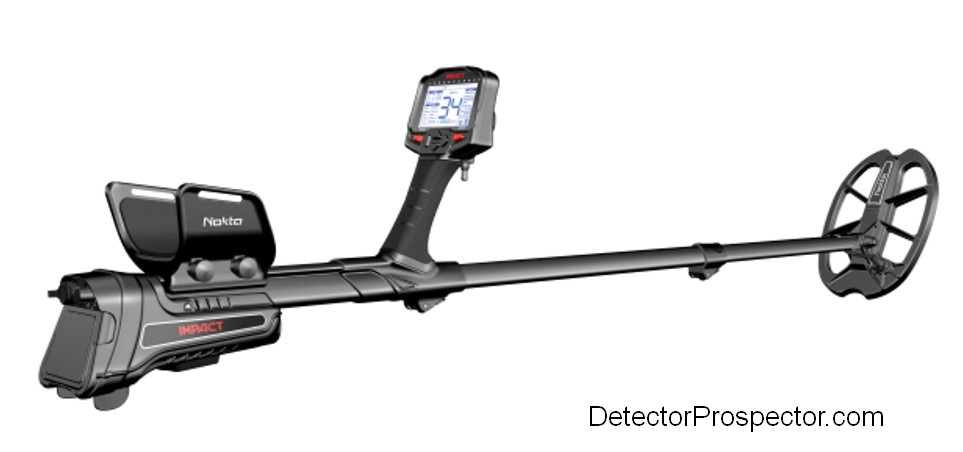
-
Just a reminder - only a couple weeks away!
-
Alloys are less conductive than pure metals and so bottom line gold telluride nuggets will be harder to detect than purer gold nuggets.
-
16 hours ago, Ridge Runner said:
We have a Chevrolet by the same name already and spell the same way,
Chuck
Yeah, that is kind of interesting, isn't it? The Minelab trademark was filed and accepted in the U.S. so apparently as long as the products are different enough you can have the same name. Nobody is likely to mix a car up with a metal detector. Hopefully the detector weighs less and costs less!
-
You are welcome!
It would be wise to wait anytime a new machine is just days away.
Seriously, the key to detecting success is know whatever machine you have, good locations, and hours. Detectors are all so good these days that trading one machine for another, unless what you have is totally inappropriate, will make little difference. Most detectors can find the same targets and only in extreme instances do differences show up. I often take two to four detectors at a time to parks and cross check "found targets", and it is quite rare to find a target where one machine really stands out from the others.
You have three options. 1. Get a different detector 2. Find better locations and 3. Put in more hours.
Of the three, getting a different detector is usually the least productive. Ten hours with this machine or ten hours with that machine - I am not making any bets as to which gets the best results. But all other things being equal, ten hours with this machine and twenty hours with that machine - I am betting on the hours. New locations can be the real game changer, but finding new locations that are good is a challenge in and of itself. Sometimes people only have an hour or two in their busy lives to detect, and so locations are limited to what is near at hand.
I have found if I want to find more coins (or jewelry, relics, or gold) I have to make a point of actually making it a habit (three days a week, or whatever) or at least committing to and scheduling more time to detect for coins. It really is that simple.
-
The MXT is a powerful and easy to operate coin detector. There are no "best" detectors although some do have small edges over others in certain performance areas. Everybody has favorites and the more people you ask, the more different answers you will get to your question.
Is there some specific way in which the MXT is failing you? If not, simply getting out and using it more will produce more results than trading it for another detector.
The two basic types of coin detectors:
Single Frequency - processes one optimized frequency. This allows the machine to have a slight edge on specific target ranges by focusing all aspects of the machine at a single frequency. In general low frequencies favor highly conductive and/or large items. High frequencies favor low conductive and/or small items. A few machines allow you to change frequencies but still operate at just one frequency at once. Strengths: light weight, lower cost, fast recovery time between targets. Weaknesses: target id not as good as multi frequency machines, limited salt water capability.
Current production examples - Fisher F75, Garrett AT Max, Makro Racer 2, Minelab X-Terra 705, Nokta Impact, White's MXT, XP DEUS
Multi Frequency - process two or more frequencies at once. Targets and ground respond differently to changes in frequency. By comparing results at different frequencies, multi frequency detectors achieve the highest levels of target ID accuracy. They also can more effectively deal with the combined effects of both salt water and mineralized beach sand than single frequency detectors. Strengths: target id accuracy, salt water handling. Weaknesses: heavier, more expensive, slow recovery time between targets.
Current production examples - Fisher CZ-3D, Fisher CZ-21, Minelab Safari, Minelab E-TRAC, Minelab CTX 3030, White's VX3, White's V3i
Extra features to consider - waterproof, wireless headphones, availability of accessory coils (cost per coil and number of coils), screen backlight (for dim and dark conditions), firmware bug fixes via internet.
One extra feature needs a little explanation. Discrimination Options. Most detectors identify targets by either a tone or a target id number, or both. A few machines can display multiple target id information simultaneously. The two best examples are the White's Spectrum series (XLT, DFX, VX3, V3i) and the Minelab Explorer series (Various Explorer models, E-TRAC, CTX 3030). People who prefer to hunt by ear should look at the type of tone scheme offered and how it can or cannot be customized. People who are more visually oriented may want to take a look at machines with more sophisticated display options.
-
Only nine days left for speculation and rumors. One thing is a fact however - Minelab applied for and received a trademark on the word Equinox this year.
-
Nice find and great photos - thanks for posting Mitchel!
-
We have seen that even companies like First Texas, Garrett, Minelab, etc. with large engineering staffs and testing programs still put out machines that are rough around the edges on release. No surprise then that a home grown device is a work in progress.
When Eric Foster was still making detectors, some of which were the direct predecessor of the TDI, his machines were always a work in progress. They all worked, but he kept thinking of ways to improve them, so many were rather unique units. He always was able to upgrade older units for those that were interested. The QED project is a similar deal, sort of a cooperative effort between the designer and the early adopters.
-
It could also be argued that people who spend more on their prospecting tools (mine are not luxury items) are more committed and spend more time prospecting. Those with less money into it are possibly less invested in other ways also and can afford to let the detector sit in the closet unused.
1.5 gram and 2.19 gram nuggets I found back in July with the Garrett ATX.
-
Anticipate and talk about all the things that could go wrong. In particular about such things as sharing locations with other people, who keeps the gold (finders keepers or a split) etc.
-
As near as I remember this was something Garrett started with the early marketing of detectors, BFO units in particular. Garrett's early books and marketing material always made a point of using detectors to trace black sands.
From the 1991 report on the Garrett Gold Stinger by Andy Sabisch:
"My wife, Rosanne, and I return to this stream planning to use the Scorpion to locate potential areas to bring our dredge in at a later date. Rather than using the detector to locate metal targets, I intended to use it to locate pockets of black sand which often contain gold.
With the 16-turn ground-balance control and the manual audio threshold tuning mode, the Gold Stinger was ideally suited for this application. I used my gold pan to sample a gravel bar located in the stream and determined that, while there was a little black sand present, it would be a good spot to "calibrate" the detector for my search.
Setting the Depth control to Preset, the operating mode toggle switch to All-Metal, and the tuning toggle switch to manual, I preceded to ground-balance the Scorpion. When searching for black sand deposits, I found it preferable to run the audio level slightly higher than normal in order to hear any change.
Slowly scanning likely looking spots, the audio threshold suddenly decreased noticeably, indicating the presence of an increased amount of ground mineralization which is usually caused by a concentration of black sand. Filling the gold pan with a sample from the area and panning it down showed that not only was there a fair amount of black sand present, but a number of small gold flakes as well.
I tried panning some of the material nearby, but saw that the gold was only in the small area pinpointed by the Gold Stinger. Over the next hour, we were able to locate several spots that deserved additional work with either a sluice or dredge based on the gold that was recovered.
On the way back to the car, I tried scanning the bank in an area where an old stream bed intersected the present stream. In one area the threshold disappeared completely, indicating a highly mineralized deposit. Carefully panning a shovel-full down, I found more gold in the pan than I had ever found by panning in this creek.
While there were no nuggets, there was enough color to justify bringing a dredge in and thoroughly working the area. The Scorpion had pinpointed several potentially profitable areas in much less time than it would have taken by sampling with a pan." -
Short answer - probably not.
Wi-Stream (used in CTX 3030 and GPZ 7000 detectors)
Wi-Stream uses efficient low-power digital audio transmission to achieve no perceivable audio time lag (<10 ms) from the CTX 3030 / GPZ 7000 to the WM 10 / WM 12. With multiple channel capability, this wireless technology provides reliable communication with maximum sound quality. Wi-Stream does not transmit audio data, like other technologies (e.g. Bluetooth). Instead packets of data are sent to the WM 10 / WM 12 and then converted to an audio signal within the WM 10 / WM 12. This increases the speed of signals and greatly reduces the effects of electrical noise. The Wi-Stream radio signal is transmitted from the control panel . Therefore, if the CTX 3030 control panel is submerged underwater the radio signal will be blocked by the water and no target signals will be produced from the WM 10 / WM 12.
Wi-Stream Specifications Frequency: 2.4 GHz ISM band (same band as Bluetooth)
Power: <2 mW - transmit from both detector control panel and WM 10 / WM 12
Channels: 14
Wireless compliance standards: ETSI EN 300 440-1: V1.6.1 (2010-08) Electromagnetic Compatibility with Radio Spectrum Matters and ETSI EN 300 440-2: V1.3.1 (2008-11) Electromagnetic Compatibility with Radio Spectrum Matters -
-
I recovered these nuggets one day in July 2017 with the XP Deus HF elliptical coil. Ten nuggets, 4.7 grains total weight. There are 480 grains per Troy ounce and with an average weight of less than half a grain I think you can agree this is some pretty small stuff. The smallest bits are probably near 1/10th grain or 1/4800th of a Troy ounce. Click picture for larger version.
-
You need to check this out - great story with some excellent photos!
Every cloud has a silver lining – Discovering a Medieval Coin Hoard (Part 1)
-
That specimen looks very much like a few found at Ganes Creek, Alaska. A lot of people think it's ugly gold but I never saw anybody throw one back!
Those lonely finds are a bit frustrating. I tend to think their HAS to be more gold nearby but often no amount of effort finds anything but that one magic piece. Thanks for posting Dave.
-
-
The GPZ is my main detector, but In the times and places where I turn my GM1000 on I almost always find gold with it. If you meant the other Steve I added a link to his previous post in his post above.
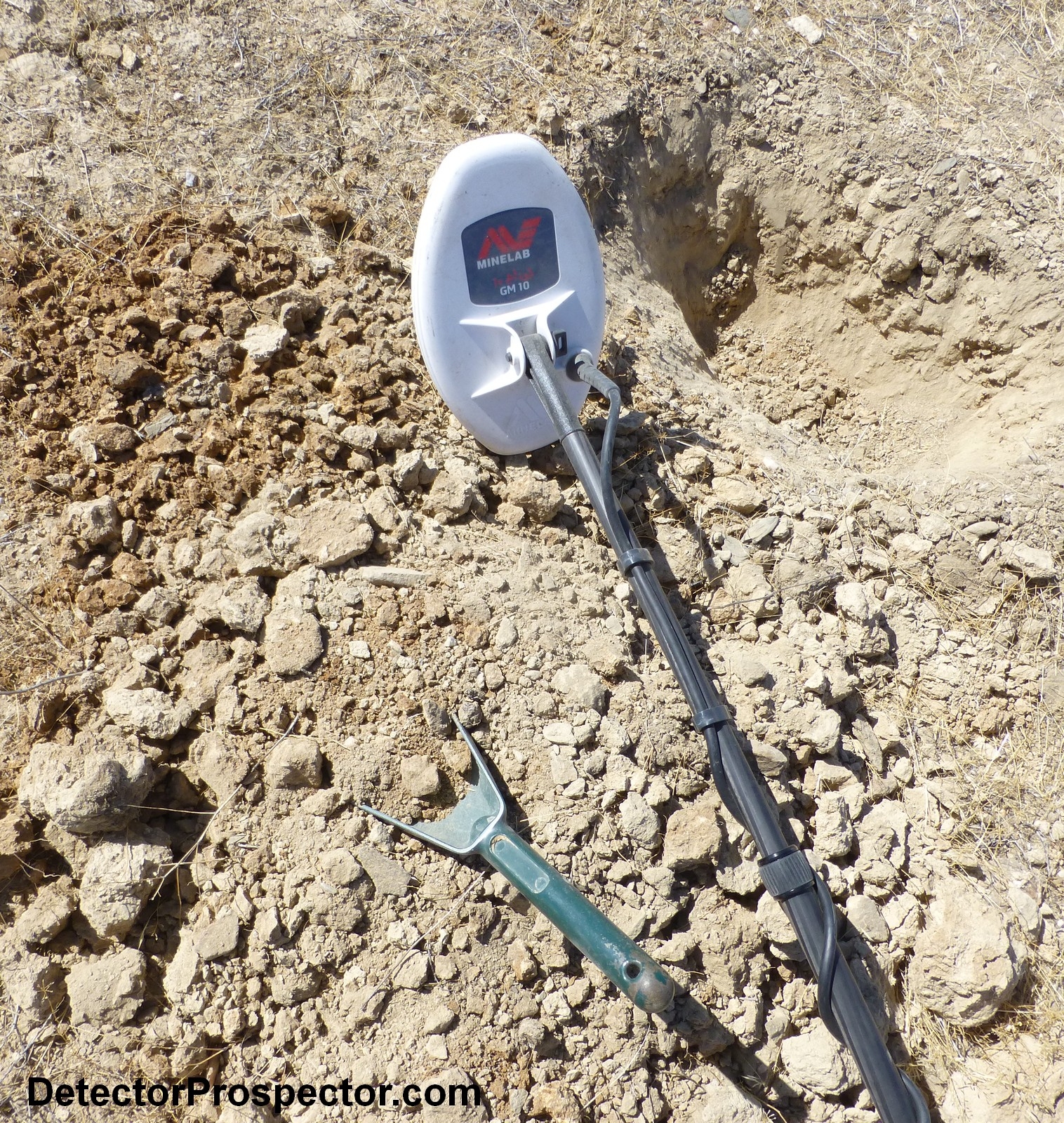
-
I know LOTS of them that don't. It's entirely possible given the number of people I know that MOST serious prospectors do not post on the internet. I don't think however whether people post or not has any correlation with what brand of detector they use.
-
You mean obsolete all single frequency detectors?
-
2 hours ago, Bhogg said:
But at the end of the day there is a issue in the first place if people have to do this to there detector to stop this issue I personally believe, as I don't believe any detector is made to make sounds or signals if bumped on the coil or coil cable surly True or false? And this was my only issue.
All detectors with any sensitivity at all pick up their own cables if they are moved in relation to the coil. They are not purposefully made this way - it is just the way it is. They are metal detectors and the cable has metal in it. If you have loose cable near the coil and it moves - false signal. If you are moving the cable and causing false signals and thinking that needs to get fixed... not going to happen.
It is such old school knowledge to affix a coil cable securely that I actually forget that maybe people don't know about it.
Coil knock sensitivity - not so much but not uncommon in high gain detectors if you bang them around. My Gold Racer coil will false if sensitivity is jacked to the max and I knock it on rocks.
Knock sensitivity is only an issue if your cable is secured properly and you are metal detecting normally and having issues. If people are intentially trying to induce false signals and making them occur - well, now we have a different problem.
-
There are many forums not owned by Minelab dealers, Findmall and Treasurenet in particular. Treasurenet probably gets the most "not Minelab" nugget finds posted. Even there though they are few and far between. Findmall has many brand and even model specific forums. Take a look at the Gold Bug Pro Forum at Findmall however and what you see are coins, relics, and jewelry finds. Same with AT Gold or even Minelab X-Terra forums, etc.
White's has their own forums. Check out the GMT Forum - where's the gold? The TDI Forum is even slower.
At least LukeJ posted some Goldmaster V/SAT finds over at Bill's Forum recently.
Steve H and 6.85 oz "Ugly Nugget" found with White's MXT in 2002...
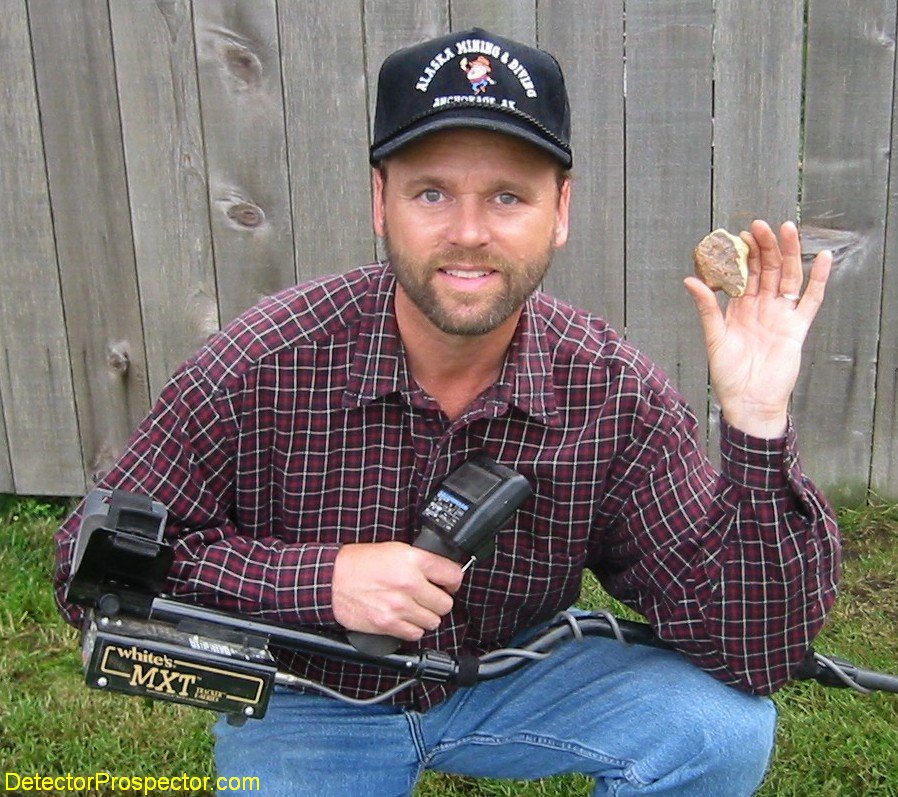
-
So where are the posts from people using Fisher, Garrett, Makro, Nokta, Tesoro, White's, XP, and other brands of detectors other than Minelab?
According to my last detector survey there are lots of Gold Bug 2, Gold Bug Pro, TDI/TDIPro/TDISL/SPP, and GMT/GM3/VSAT out there in particular.
Yet when I review any metal detecting forums anywhere nugget finds posted with these machines are few and far between. Do people own these machines but don't use them much? Too shy to post? Intimidated by the "Minelab Mafia"?
You people that do outings. What do you observe as far as detector ownership and people finding gold? How much success are people having with non-Minelab detectors?
So where are you guys and gals? Do you exist and do you find gold?


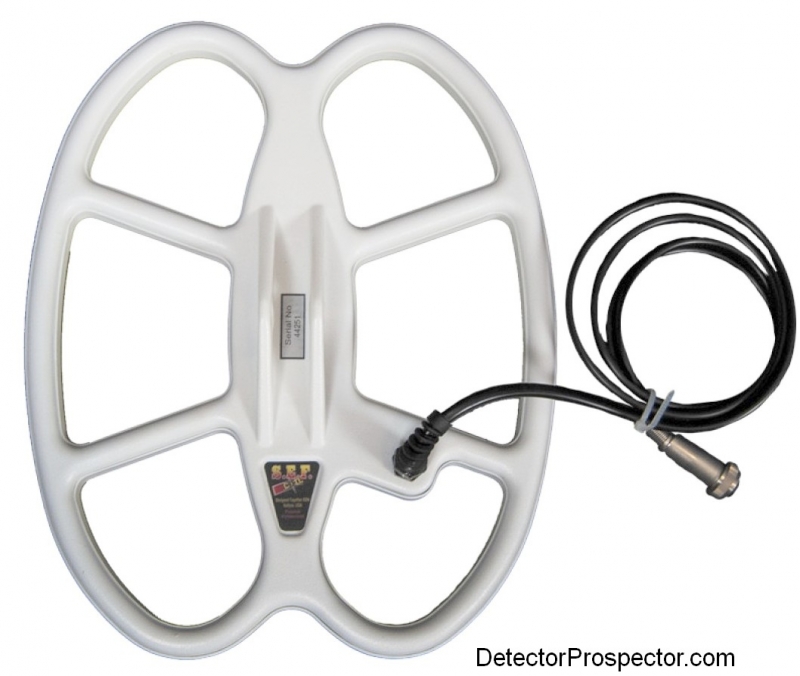
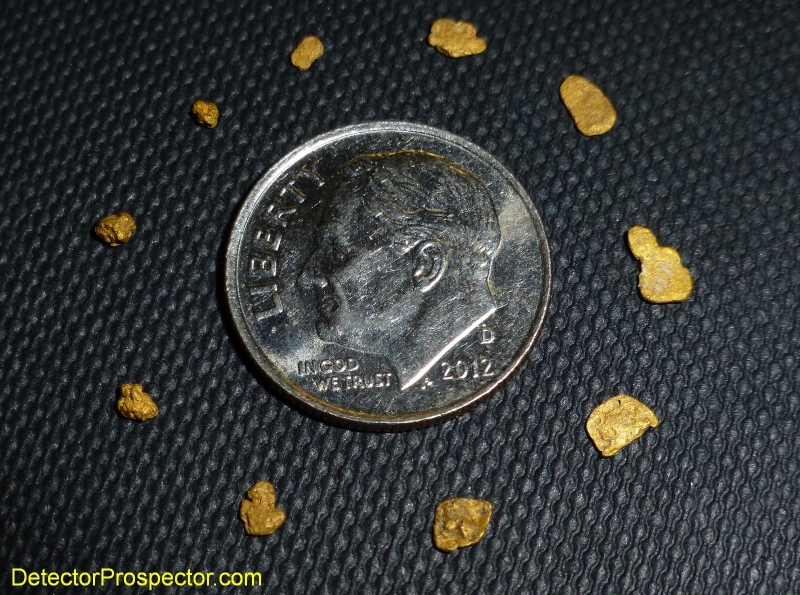
Minelab Sd, Gp, GPX Coils On White's TDI Sl?
in White's Metal Detectors
Posted
Welcome to the forum!
Previously discussed at
http://www.detectorprospector.com/forum/topic/1062-minelab-pi-coil-on-whites-tdi/
And
http://www.detectorprospector.com/forum/topic/3534-minelab-coil-on-whites-tdi/